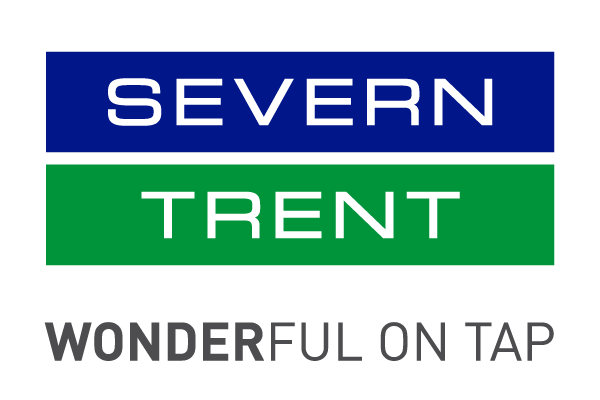Storm overflows
Storm overflows are an important part of the sewer system and they help to protect homes fromo flooding. They’re safety valves that help prevent homes and businesses from flooding.
During periods of intense or prolonged rainfall, storm water can overwhelm sewers. Storm overflows, sometimes called Combined Sewer Overflows, allow the excess water to be released into a watercourse which helps to protect homes and businesses from flooding.
We only use storm overflows when necessary to protect properties, and the Environment Agency recognise their use for this purpose.
How our sewers work
We take care of one of the largest sewer networks with over 90,000 km of pipes and 2,954 storm overflows.
When the sewer system is operating normally, waste water leaves homes and businesses and is treated at a treatment works.
Once the waste water has been cleaned and treated, it is released from the treatment works to the environment via a watercourse.
Combined sewers
A large part of the network we operate is based on a historic ‘combined sewer’ design built up over decades. This carries away both sewage from homes and storm water from drains and roads.
Storm overflows are an important part of this system. They are safety valves to release pressure when large volumes of water enter the sewers for example during a heavy storm.
The overflows allow excess water, which is largely rainwater, to be released into watercourses. This helps prevent flooding.
Improving the sewer system
We understand that the combined sewer design is not ideal, and we want to reduce the use of overflows and eventually phase them out altogether.
We also want to help protect homes and businesses from flooding during storms.
We can’t replace the sewer system overnight. To do this we would need to dig up thousands of kilometers of sewers which would be highly disruptive and costly for customers. However there is still lots we can and are doing.
We’re improving river quality
We’re passionate about improving the environment, biodiversity and water quality. That’s why we’ve announced plans to restore 2,000km of rivers across the region by 2027.
How you can help
You can help us to keep the sewers flowing freely and prevent sewer flooding.
Sewer blockages are often caused by items such as wet wipes and sanitary products being flushed down the loo and leftover fats and oils from cooking being poured down the sink.
These blockages are messy, unpleasant and contribute to sewer flooding.
You can help us avoid sewer blockages by putting wet wipes, sanitary products and leftover food in the bin.
